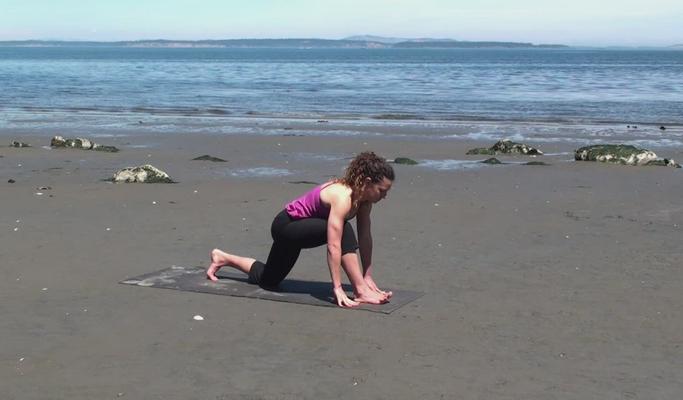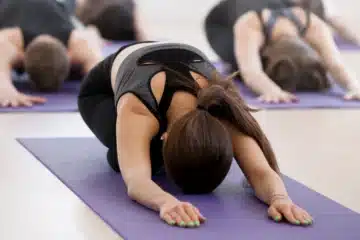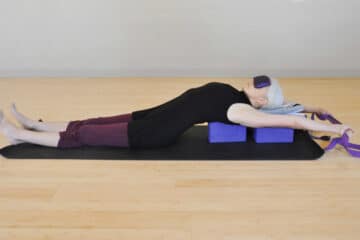Running is an excellent form of cardiovascular exercise that offers numerous physical and mental benefits. However, the repetitive nature of running can sometimes lead to injuries or muscle imbalances.
This is where yoga comes in as a valuable complement to your running routine. In this article, we will explore how incorporating yoga into your training can help prevent injuries, aid in recovery, and enhance your overall performance as a runner.
The Benefits of Yoga for Runners
- Improved Flexibility: Running predominantly engages certain muscle groups, potentially leading to tightness and limited range of motion. Yoga’s emphasis on stretching and flexibility can help runners maintain a balanced and supple body, reducing the risk of injuries caused by muscle imbalances.
- Strengthens Core Muscles: Yoga poses, especially those involving balancing and stability, target the core muscles. A strong core is essential for maintaining proper running form, which can prevent injuries and enhance performance.
- Enhanced Balance and Stability: Yoga poses often involve balance and proprioception (awareness of one’s body in space). Improved balance can prevent trips and falls while running on uneven terrain.
- Mindfulness and Mental Clarity: Yoga encourages mindfulness and focus, which can translate to better concentration during runs, helping you stay in tune with your body and reduce the risk of overexertion or poor form.
- Stress Reduction: Running can be physically demanding, and stress can lead to muscle tension and increased injury risk. Yoga’s emphasis on relaxation and controlled breathing can help reduce stress levels and promote overall well-being.
Incorporating Yoga into Your Running Routine
- Pre-Run Warm-up: Start your running sessions with a few minutes of yoga stretches or dynamic poses. This prepares your muscles for the workout and reduces the risk of injury.
- Post-Run Cool Down: After your run, use yoga poses to stretch and relax your muscles. Focus on areas that feel tight or tense, such as the hamstrings, hips, and quadriceps.
- Rest and Recovery: On rest days, consider practicing longer yoga sessions to aid in recovery. Gentle yoga can help alleviate muscle soreness and maintain flexibility.
- Yoga Classes: Joining a yoga class or using online resources can provide structure and guidance for your yoga practice. Look for classes that cater to runners’ needs.
Specific Yoga Poses for Runners:
- Downward Dog: Stretches the calves and hamstrings while strengthening the shoulders and core.
- Pigeon Pose: Opens the hips and stretches the glutes.
- Triangle Pose: Stretches the hamstrings and sides of the body while improving balance.
- Tree Pose: Enhances balance and strengthens the leg muscles.
- Bridge Pose: Strengthens the back, glutes, and core muscles.
- Child’s Pose: Provides a resting position that stretches the back and relaxes the body.
Conclusion
Yoga and running can complement each other beautifully, creating a balanced approach to fitness and injury prevention.
Incorporating yoga into your running routine can help you maintain flexibility, reduce the risk of injury, and promote mental clarity and relaxation.
By combining these practices, you can enjoy the physical and mental benefits of running while keeping your body strong and resilient for the long haul.
Whether you’re a seasoned runner or just starting, consider adding yoga to your training regimen to enhance your overall well-being and performance.



